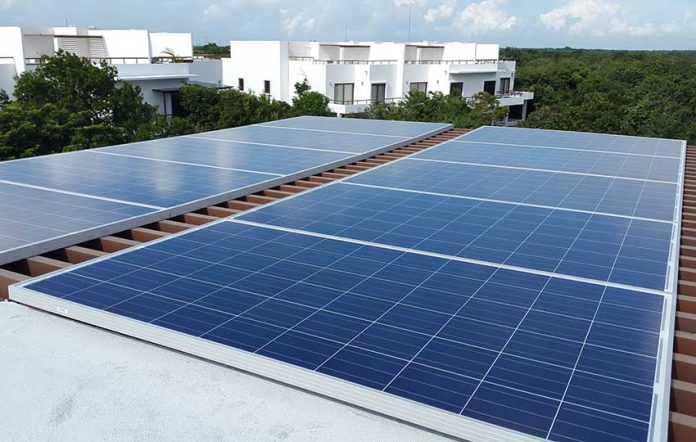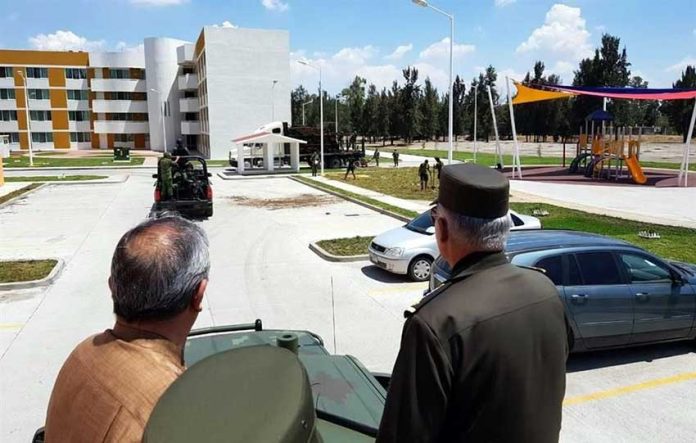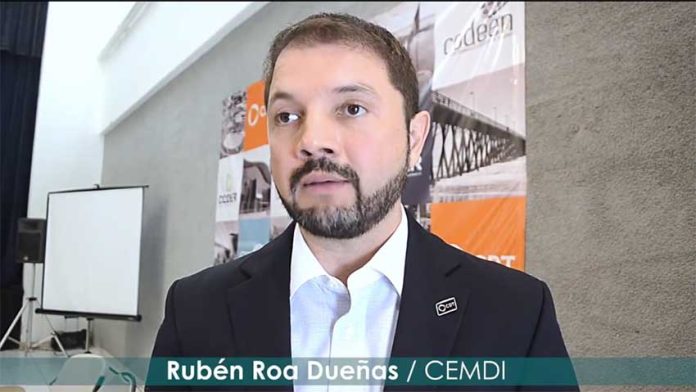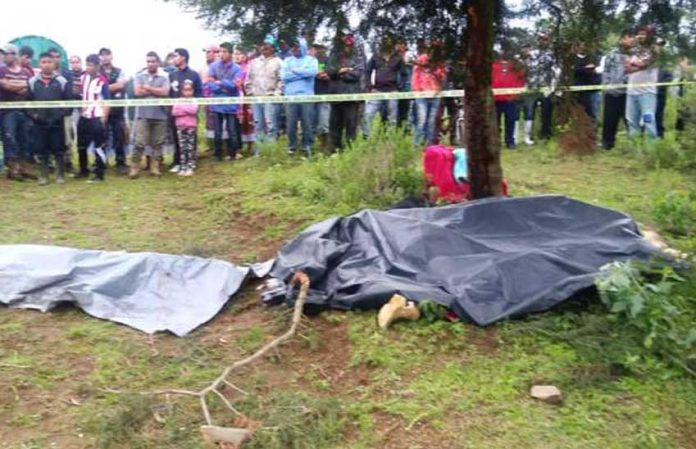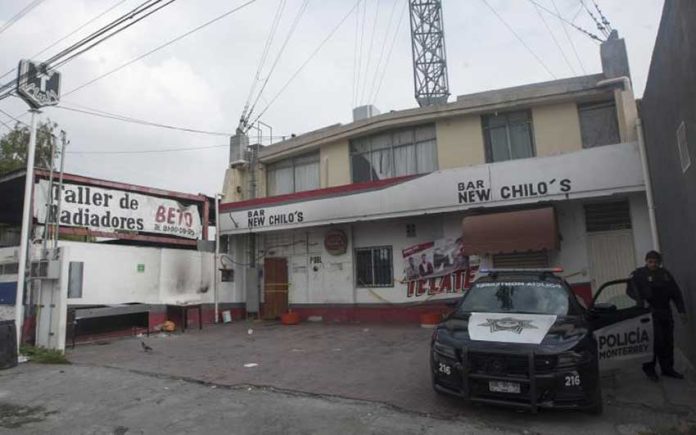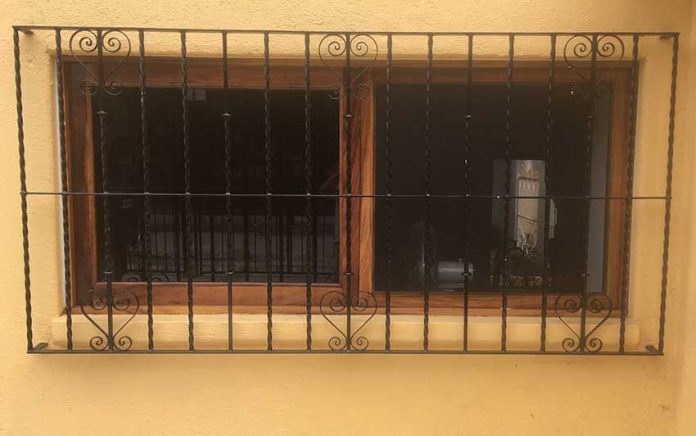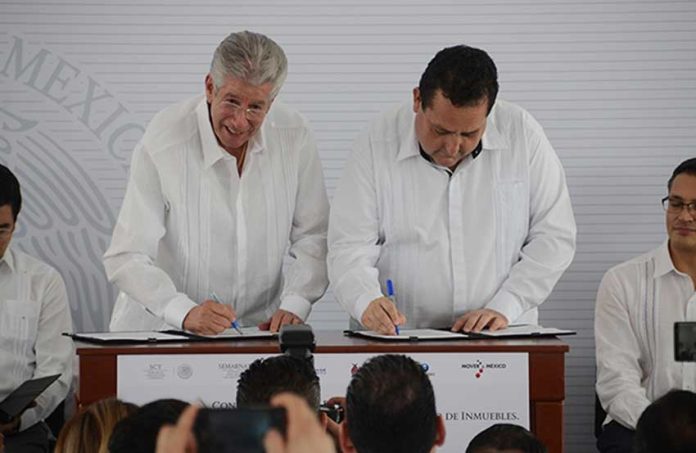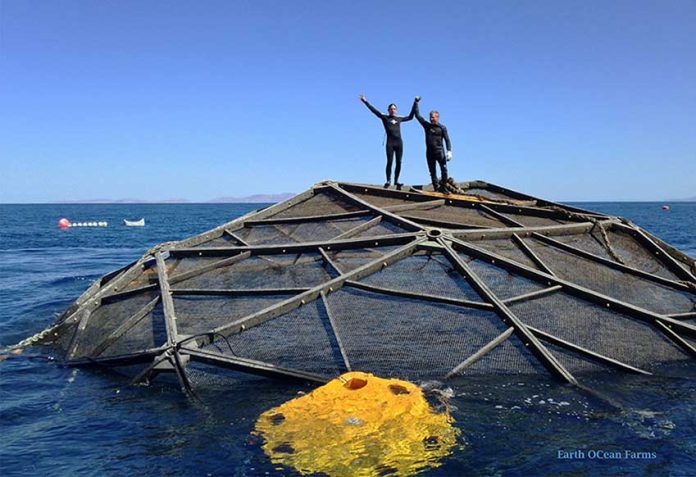Last year I graced these digital pages with a five-part series entitled The Joy of Construction in Mexico.
My years of construction experience, both here and in the U.S.A., along with 12 years of being a home inspector in Mexico have provided me with fertile ground to propagate my humorous missives.
The number of emails I received was a strong indicator of the huge popularity of this series.
However, last summer my days as a regular columnist here at Mexico News Daily came to an abrupt end when I became involved with a very special construction project. Well, actually it is an elaborate remodel and construction project for the large home chosen by my Captured Tourist Woman, and where we currently reside.
It sat empty and unmaintained for several years after the aged owner died, so occasionally bits of plaster rain down from the ceilings of several rooms. And because the rainy season was the perfect Mexican time to cut large holes in an older house, I traded my keyboard for a cattle prod, and went to work.
Since this is my first column for MND in almost a year, I decided to continue with a similar theme: fun with construction in the land of mañana.
Even though my ongoing renovation project now requires significant time, I still manage a few home inspections on the side.
So about seven months ago I got a call from a man requesting a specific type of home inspection. He said that he and his wife had owned the subject property for several years, but they were quite worried because something was very wrong with the structure.
He would not reveal the nature of the problem he wished me to examine lest I fall into the trap of preconception. How could I pass up something so deliciously mysterious?
Later that day, I met him and his wife in front of a two-story apartment building and learned that their condo made up half of the ground floor of the building. They first asked me to walk around the building and see if I could detect any anomalies; that was the word they used, “anomalies.”
I politely said nothing, but of course I thought to myself, anomalies? I live in Mexico; some days my entire life is anomalous.
As I slowly strolled around the building, I began to notice some of the security bars at the windows looked to be slightly bowed. The bars were inside the windows, and on closer inspection, I saw that all the bars were bowed in the center, about three centimeters out of plumb. This indicated some serious deflection.
As I turned to the owners, my incredulity evident, the husband gave a slight nod while his wife exuded some poorly contained anxiety. Although I don’t think myself cowardly, my heart rate quickened as we entered the apartment, and I kept telling myself that an instantaneous and catastrophic structural failure is a rare event.
Of course, I sucked it up and remained calm, not wanting to show fear in the presence of my new clients, whom I hoped would live long enough to pay me.
They both explained that over the past month they had called in four different engineering companies. Each had examined the structure and each had provided structural solutions for the obvious problem. Of course, each solution offered had a significant price tag.
As we moved around my impending fear of being crushed slowly abated, and I began to take a closer look at the strange phenomena. Since each set of bending security bars was protecting an aluminum framed window, I wondered why the glass was not cracked or broken. I then reached out and slid open one of the aluminum windows expecting it to be bound up by a sagging header; it was not.
The window opened and closed smoothly in its track, as did all the others, without the slightest binding at any point. As I studied the wall tile adjacent to the kitchen and bathroom windows, I saw no cracks, missing grout or buckled tiles . . .curiouser and curiouser.
As I closely examined the bending bars, I noticed a bottom corner at the kitchen window where the steel frame surrounding the bars was rusted through. It looked to have been crushed by a substantial force. Yet, the adjacent walls and the headers above showed no signs of stress or imminent failure. It was then I realized that the bending bars had nothing to do with an impending structural catastrophe.
I asked if the owners had the engineering reports and subsequent proposals from the four alleged structural experts. As I read through the proposals, they all espoused a common theme: the weight of the second story was crushing the bars from above. All four proposed to cut large holes in the floor next to the exterior walls, fill the holes with concrete and steel and then build columns from the new footings to the underside of the ceiling. The costs for this repair ranged from 750,000 pesos to 1.3 million pesos. I promptly appreciated the owner’s palpable apprehension.
After completely perusing the engineering reports, I informed the two nervous Canadians that it was clear to me that the cost of the repair would be substantially less than set out in any of the four proposals. I took them to the corner of the kitchen window and showed them where the cause of the bending bars was most evident.
It appeared the condo had been remodeled eight to 10 years before and the original windows and security bars had been replaced. However, the bottom rail of the previous set of bars was left in place. In this area, a block from the ocean, the corrosive air eats steel like acid and rust is prodigious.
I showed the owners where the new bars were installed on top of the rusty piece of steel. Then when the sills and window surrounds were re-plastered, the old piece of rusty steel was buried and completely out of sight. In the corner of the kitchen window, where the bottom of the newer bars was rusted out, the crumbling steel below was quite evident. I then chipped away some plaster at the sill and more rust became visible to the homeowners.
Oxidation is a chemical reaction which causes ferrous metals to slowly expand as they deteriorate, until only atoms remain. In each window the old piece of steel left behind continued to oxidize and slowly expand. The force generated in this process gradually lifted the bottom plate of the new security bars and made them appear to have been crushed.
Just when you are confident in thinking there might not be many surprises left, life in Mexico throws you a curve ball.
The writer describes himself as a very middle-aged man who lives full-time in Mazatlán with a captured tourist woman and the ghost of a half wild dog. He can be reached at [email protected].

